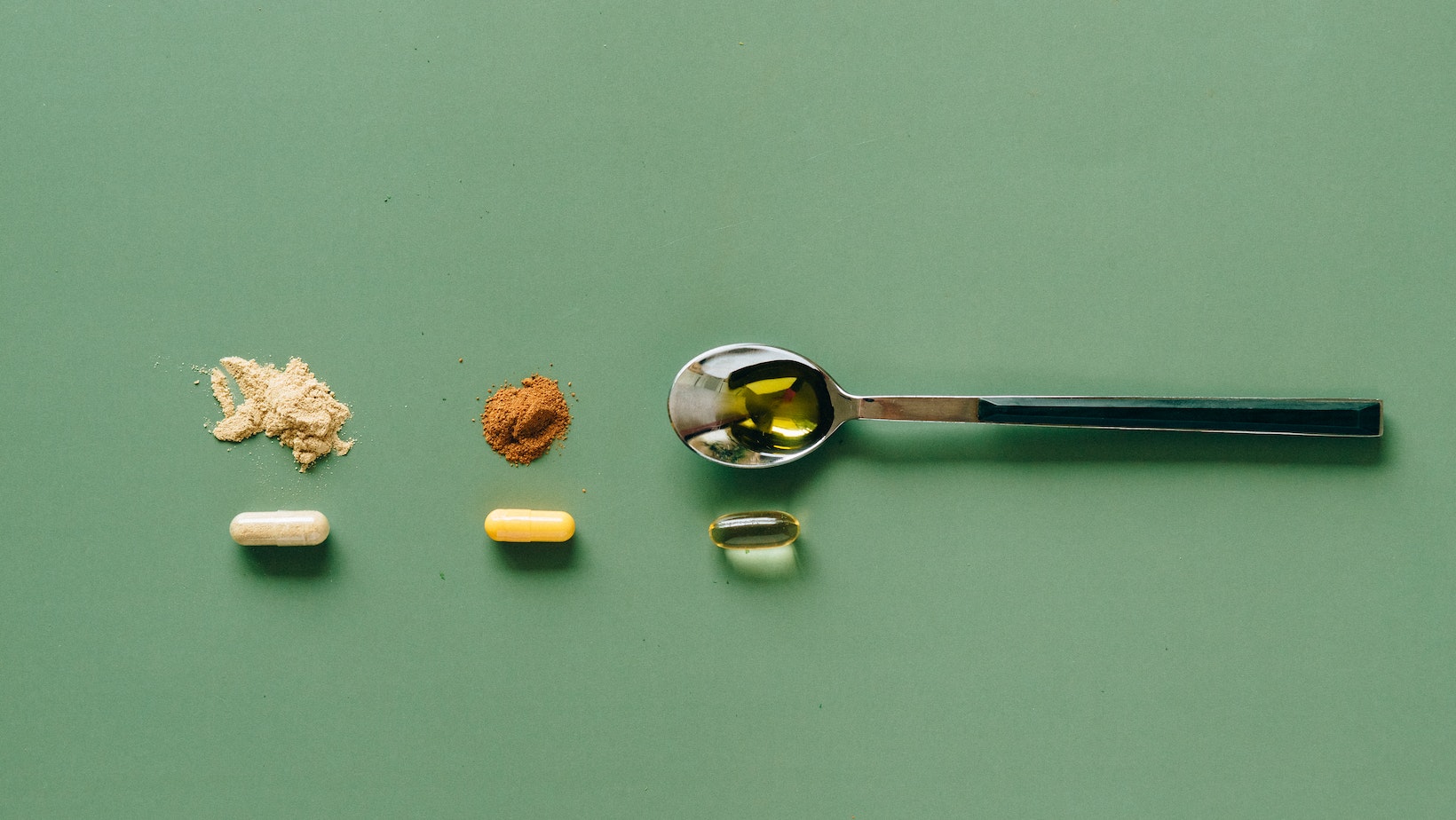
Are you planning to start cycling creatine for muscle building? If so, this article will tell you everything you need to know about creatine cycling and how to do it safely. You’ll discover the benefits of cycling creatine and what to look out for – so you can decide if it’s right for you.
Introduction: What is Creatine and Why Should You Cycle It?
Creatine is a popular supplement used by athletes and fitness enthusiasts to enhance their performance, increase muscle mass, and improve their overall physical health. Cycling creatine intake is crucial for maximizing its benefits while minimizing its potential side effects.
Creatine is a compound found naturally in muscle tissue that helps to produce energy during high-intensity exercise. Supplementing with creatine can increase your muscle’s phosphocreatine stores, which in turn helps to produce more ATP, the body’s main source of energy, during workouts. This means that you can push harder and longer, leading to better results.
However, cycling creatine intake is equally important as the body may become accustomed to using creatine, and its benefits may diminish over time. Cycling creatine intake allows the body to reset and restore its natural creatine production, ensuring that your supplement remains effective.
To summarize, cycling creatine intake is critical to maintain its effectiveness in elevating your athletic performance and to regulate your body’s natural creatine production.

Types of Creatine and How to Cycle Them
Creatine is a widely-used supplement for muscle building and performance enhancement. There are several types of creatine and cycling them can optimize their benefits.
Here are the different types of creatine and how to cycle them:
|
Creatine Type |
Dosage |
Cycle |
|
Creatine Monohydrate |
3-5 grams daily for maintenance, up to 20 grams daily for loading phase |
4-6 weeks |
|
Creatine Hydrochloride |
2-3 grams daily |
8-12 weeks |
|
Creatine Nitrate |
1-2 grams daily |
8-12 weeks |
|
Buffered Creatine |
2.5-6 grams daily |
8-12 weeks |
|
Micronized Creatine |
3-5 grams daily for maintenance, up to 10 grams daily for loading phase |
4-6 weeks |
Cycling different types of creatine supplements can maximize their benefits and minimize side effects, preventing your body from getting used to them. Pro tip: Always follow the instructions on the label and consult a healthcare professional before starting to take any supplements.
Benefits of Cycling Creatine
Cycling creatine has several benefits, making it a worthwhile consideration for anyone who regularly takes this supplement. Creatine cycling is a method in which an individual takes creatine for a specified period, followed by a break, and then resumes after a few weeks. Here are some benefits of cycling creatine:
|
Preventing Tolerance: |
Cycling creatine can prevent your body from becoming resistant to its effects by allowing your body to reset and regain natural creatine production. |
|
Potentially Better Results: |
Cycling creatine may lead to better results in terms of strength, endurance, and muscle gains. Studies have suggested that cycling creatine can yield better results than sustained use. |
|
Preventing Side Effects: |
By cycling creatine, you may avoid possible side effects like diarrhea, gastrointestinal problems, and muscle cramps. |
|
Cost-effective: |
Taking creatine only during specific periods can be more cost-effective by saving additional expenses. |
However, it is important to note that cycling creatine is not appropriate for everyone. It is always best to check with a physician before starting any new supplement regimen.

Potential Side Effects of Creatine
While creatine is generally safe for use, it can cause potential side effects in some cases. It is recommended to cycle creatine supplements to reduce these risks and enhance the effectiveness of the supplement.
|
Side Effect |
Description |
|
Upset stomach, nausea, and diarrhea |
1 |
|
Muscle cramps |
2 |
|
Dehydration |
3 |
|
Weight gain |
4 |
|
Kidney and liver damage (in rare cases) |
5 |
Cycling creatine supplements involves taking the supplement for a certain period, followed by a break before starting again. This approach can help minimize the risk of side effects and prevent the body from becoming too reliant on the supplement.
If you experience any side effects, discontinue use and consult with your doctor. It’s important to follow the recommended dosage and stay well-hydrated when taking creatine. Pro Tip: It’s always best to consult a doctor before starting any new supplement regimen, especially if you have any pre-existing health conditions.
Should I Cycle Creatine
Creatine cycling is a popular practice among athletes and bodybuilders seeking to maximize the benefits of this supplement while avoiding potential side effects. However, recent research suggests that cycling creatine may not be necessary or beneficial for everyone.
|
If you’re new to creatine |
If you’ve been using creatine for a while |
|
Start with a loading phase of 20 grams per day for 5-7 days, followed by a maintenance phase of 3-5 grams per day for at least 4 weeks. |
Skip the loading phase and start with the maintenance phase right away. |
There’s no need to cycle on and off creatine, as long-term use has been shown to be safe and effective in most people. However, if you experience any adverse effects or health issues while taking creatine, stop use and consult your doctor.
What to Consider Before Taking Creatine
Creatine is a popular supplement among athletes and fitness enthusiasts, but it’s crucial to consider a few things before taking it, including whether or not to cycle it.
Cycling creatine involves taking it consistently for a certain amount of time, then taking a break before starting again. While some people believe that cycling creatine can help prevent the body from becoming too reliant on it, others argue that there is no scientific evidence to support this claim.
Here are a few factors to consider before deciding whether or not to cycle creatine:
|
Daily Routine: |
Consider your daily routine and whether or not you can commit to taking creatine consistently every day. |
|
Goals: |
Consider your fitness goals and whether or not creatine can help you achieve them. |
|
Dosage: |
Consult with a healthcare professional to determine the proper dosage for your needs. |
|
Health: |
Consider any pre-existing health conditions or medications that may interact with creatine. |
Ultimately, whether or not to cycle creatine is a personal decision that should be based on individual goals, health, and lifestyle factors.
Pro tip- It’s important to stay hydrated while taking creatine, as it may cause dehydration if not taken with enough water.
Alternatives to Cycling Creatine
Creatine is a widely popular supplement known to increase muscle mass, strength, and exercise performance. While cycling creatine is a common practice, it is not necessary for everyone.
If you are concerned about cycling creatine or prefer not to, here are some alternatives to cycling:
|
Alternative |
Description |
|
Low Dose Creatine |
Instead of cycling, take a low dose of creatine to maintain its effects without overloading your body. |
|
Creatine Maintenance Dose |
Take creatine daily but in smaller doses or every other day to maintain its benefits. |
|
Creatine Loading |
Only load creatine during the first week of taking it, then lower the dose to a maintenance level. |
|
Natural Sources |
Eat food sources that are high in creatine, such as red meat and fish. |
Ultimately, cycling creatine is a personal preference based on your fitness goals, dietary habits, and other factors. Pro tip: Talk to a healthcare professional or a certified nutritionist to determine the best creatine regimen for you.

Conclusion
In conclusion, it is not necessary to cycle creatine for most people, and doing so may even be counterproductive. While some studies suggest that cycling creatine can help maintain its effectiveness, there is no conclusive evidence that supports this claim. Moreover, cycling creatine can lead to a decrease in muscle mass and performance levels, which may offset any benefits of taking creatine in the first place.
For most people, taking creatine regularly as part of a balanced diet and exercise routine is the most effective and practical way to reap the benefits of this popular supplement.
Pro Tip: If you’re new to taking creatine, start with a loading phase of 20 grams per day for the first week, and then reduce the dosage to 5 grams per day for maintenance. This will help saturate your muscles with creatine and improve your performance in the gym.
